Case Number : Case 2876 - 15 July 2021 Posted By: Saleem Taibjee
Please read the clinical history and view the images by clicking on them before you proffer your diagnosis.
Submitted Date :
79M biopsy left groin ?malignancy ?lymphoma

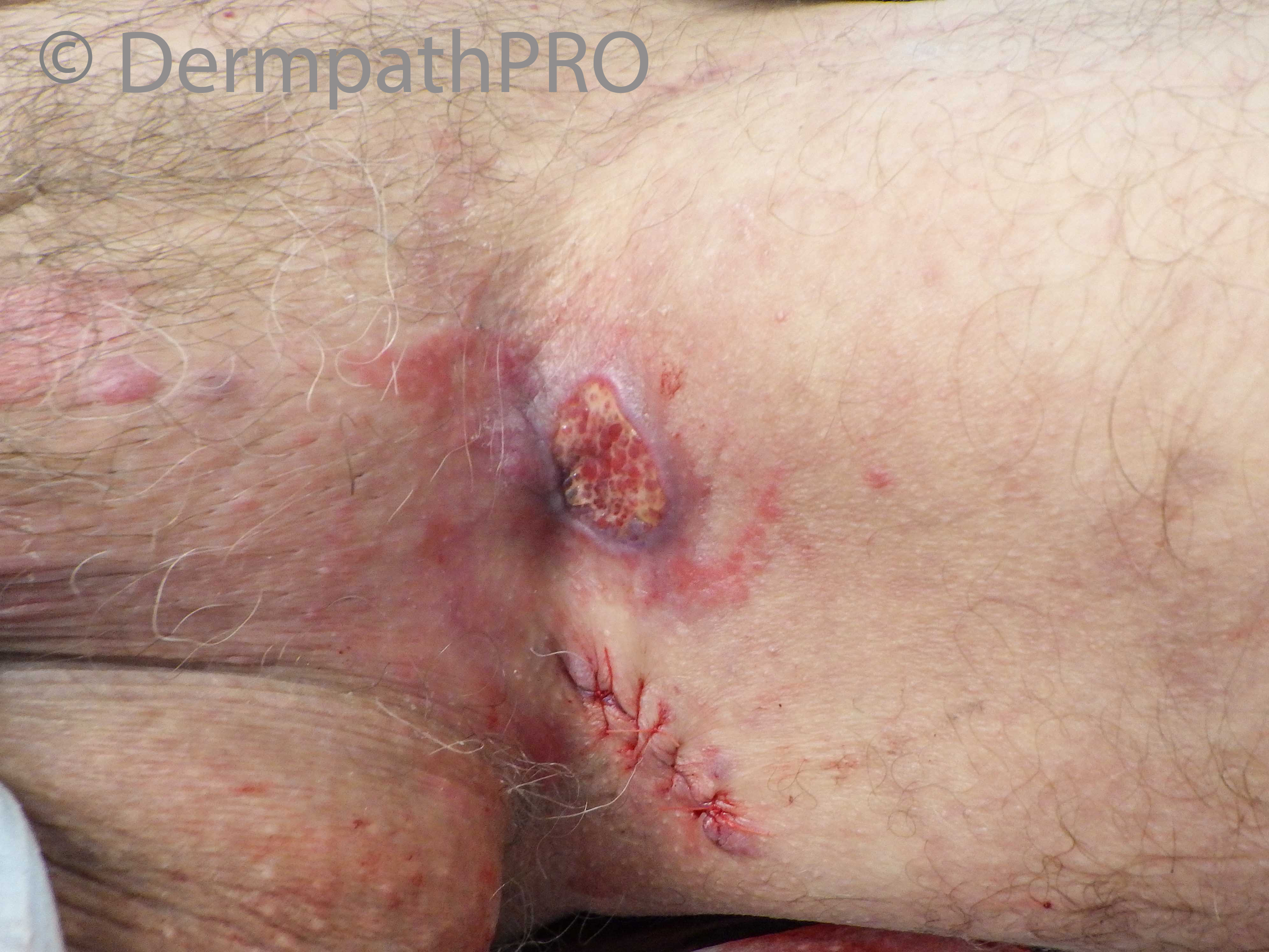
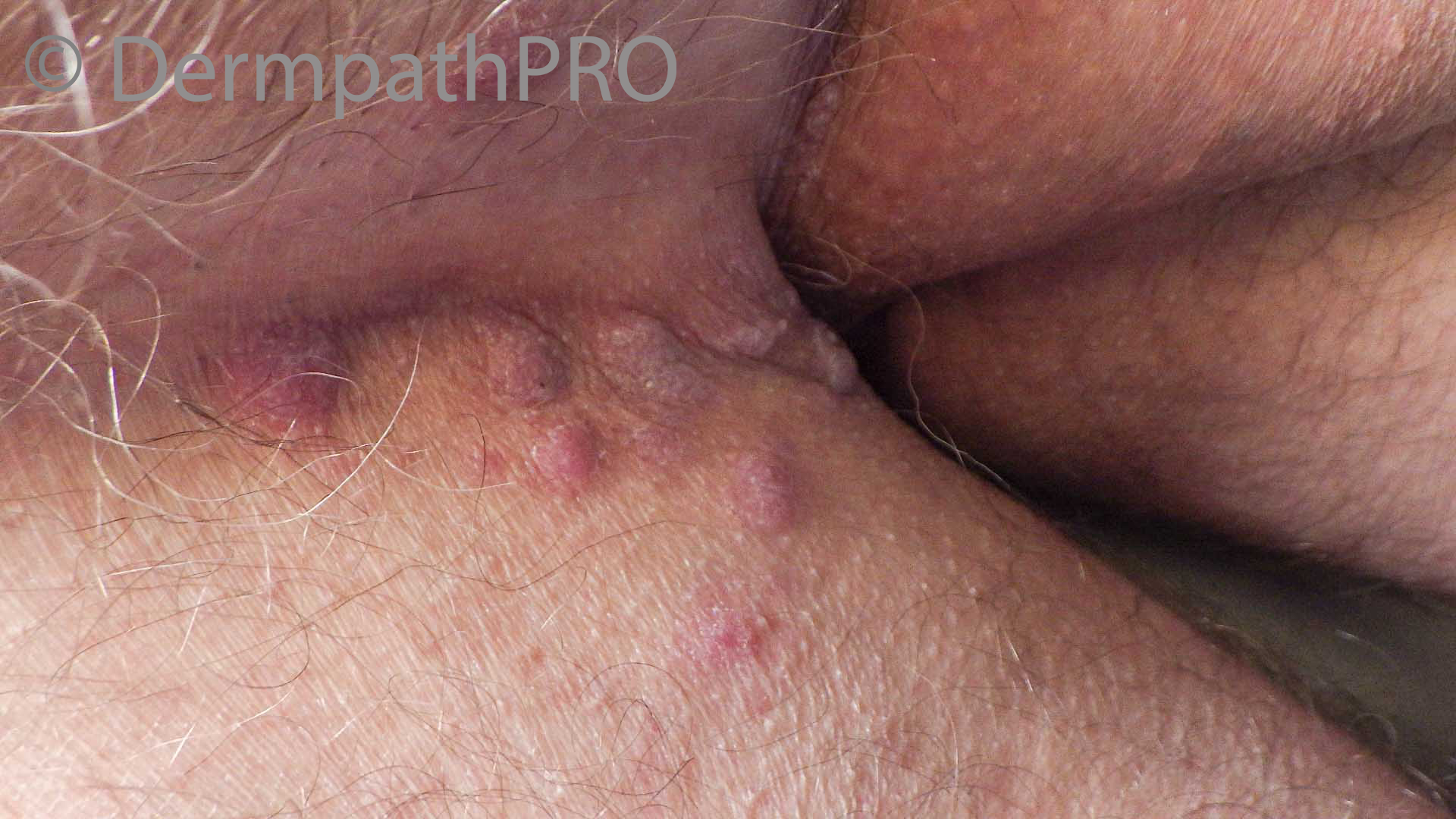

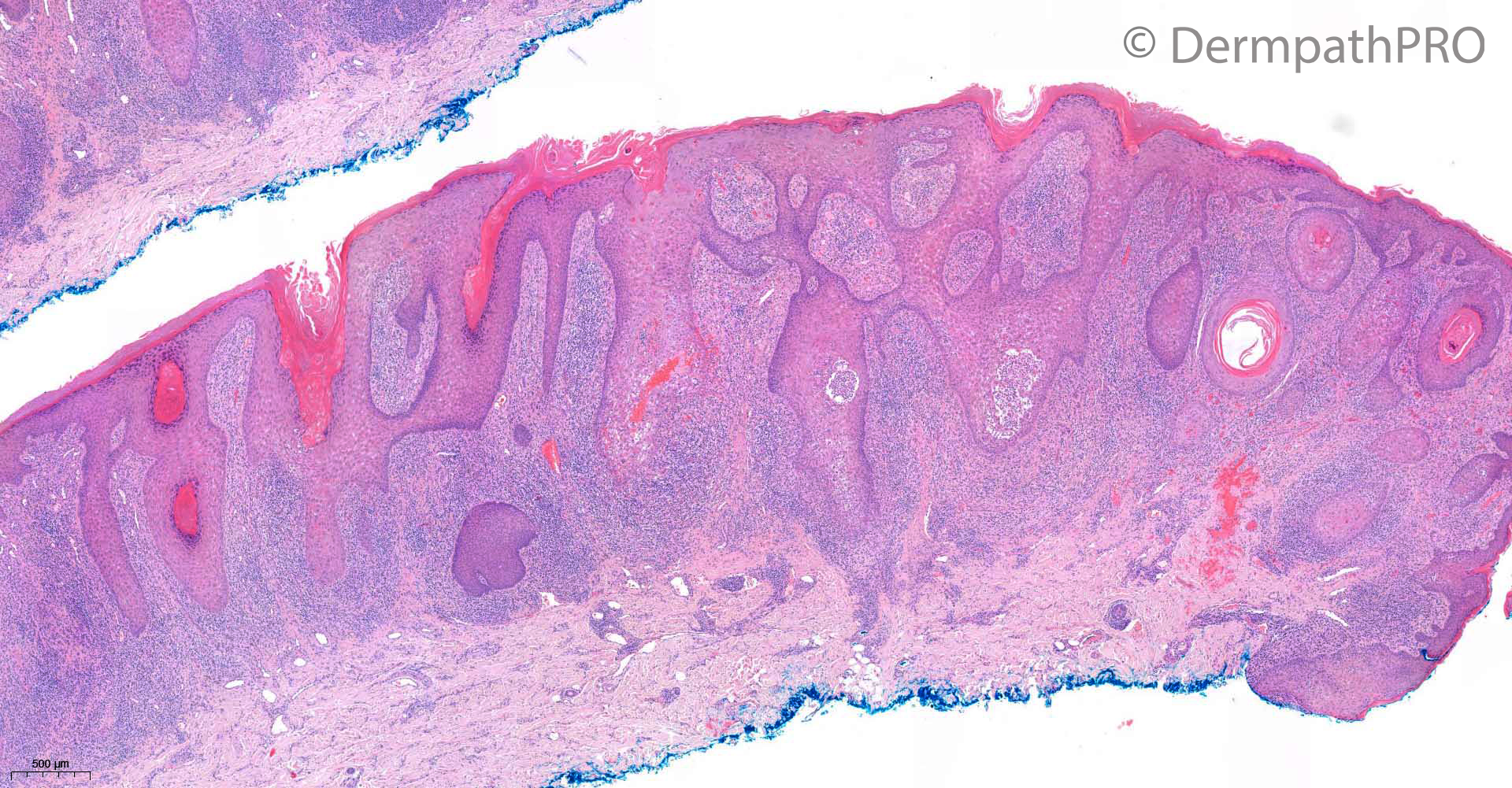
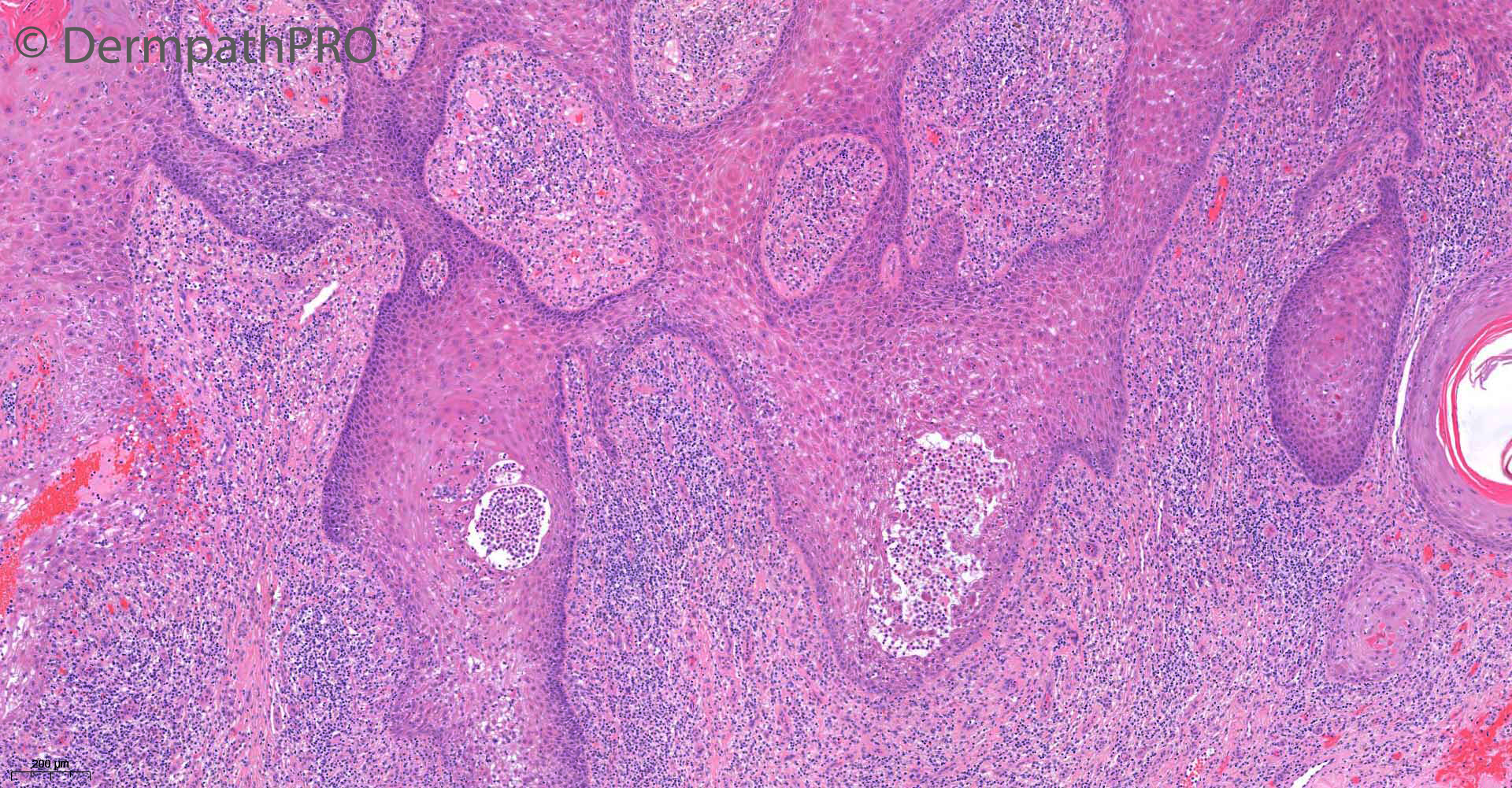
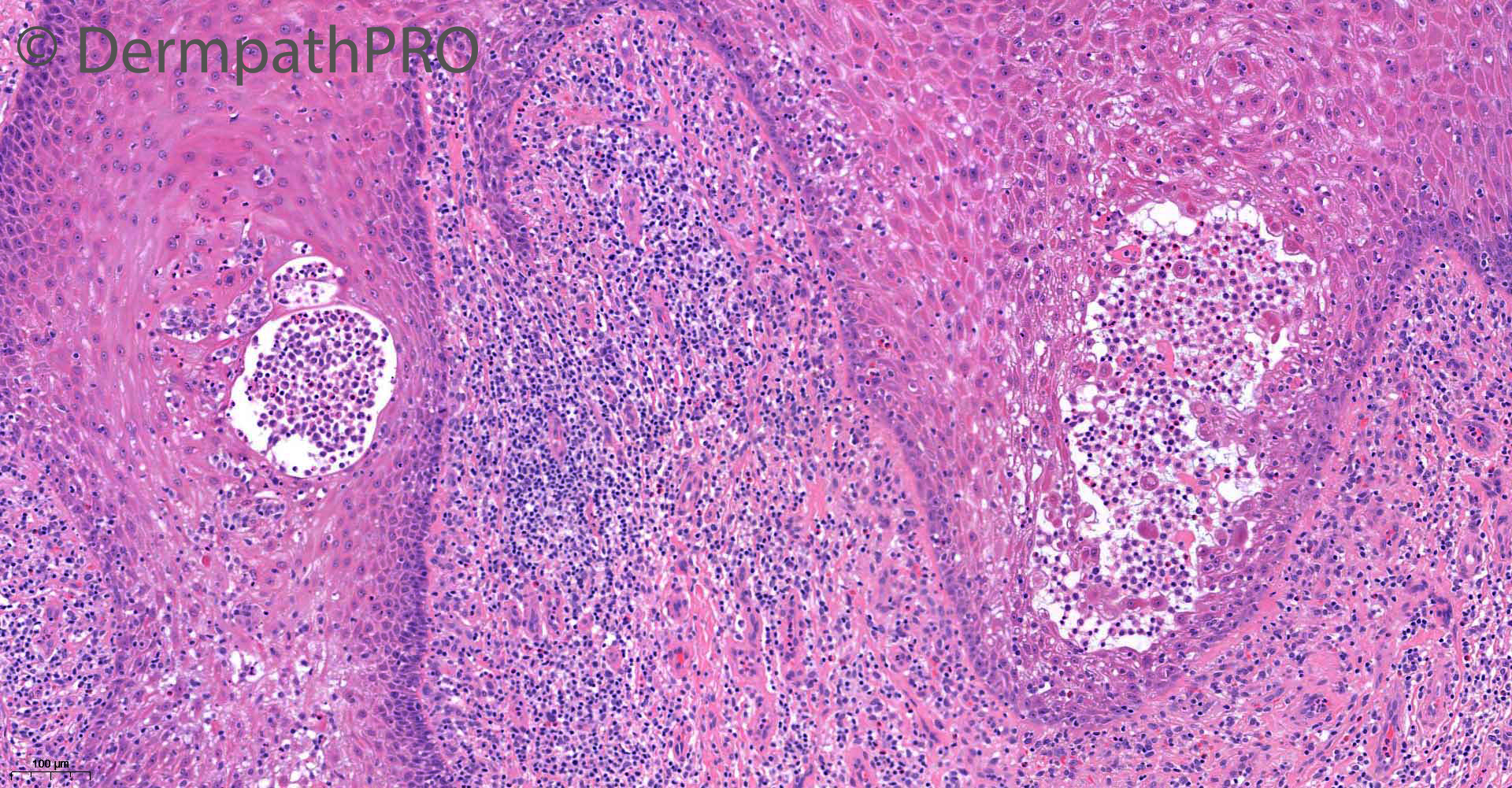
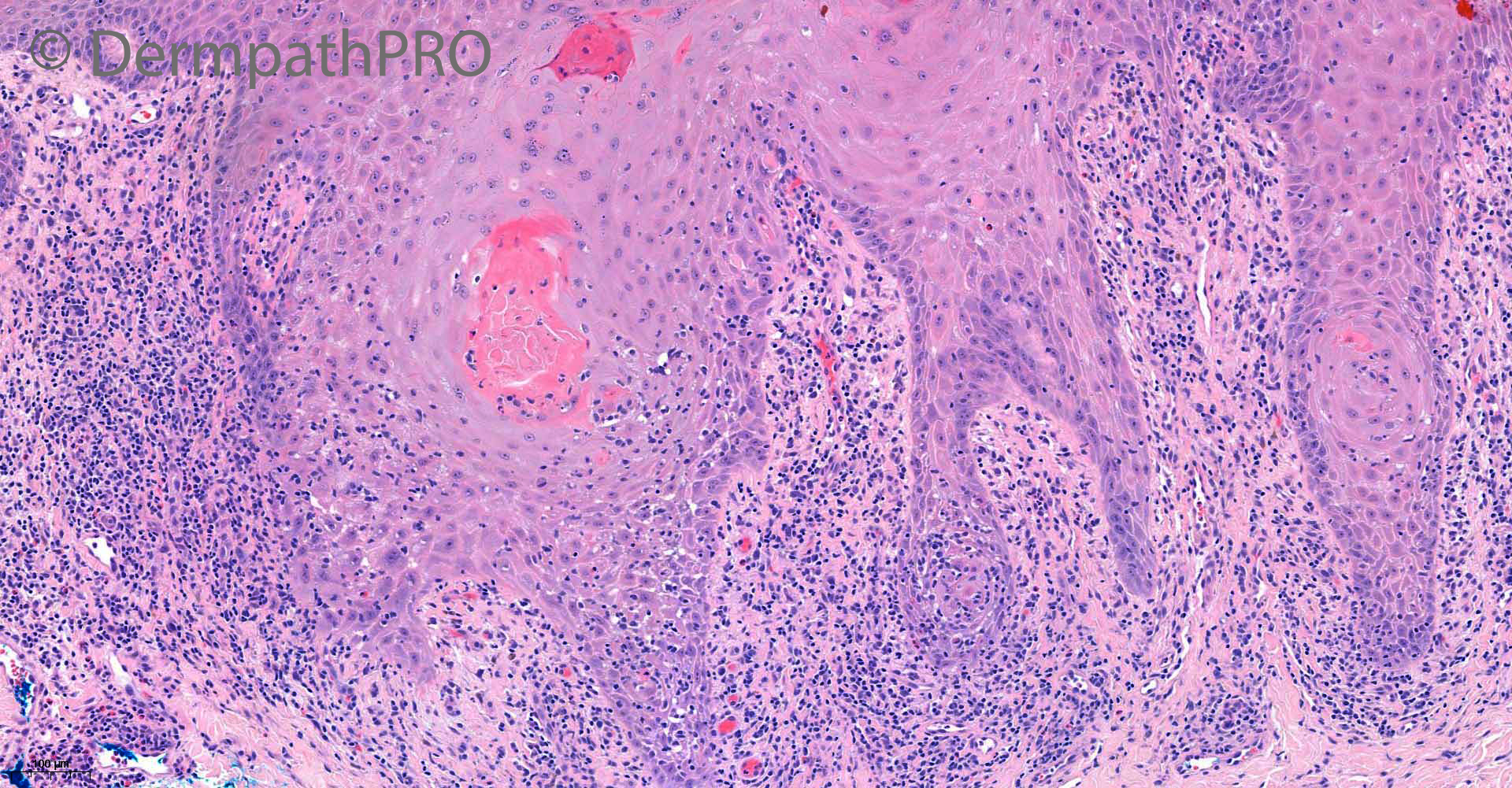



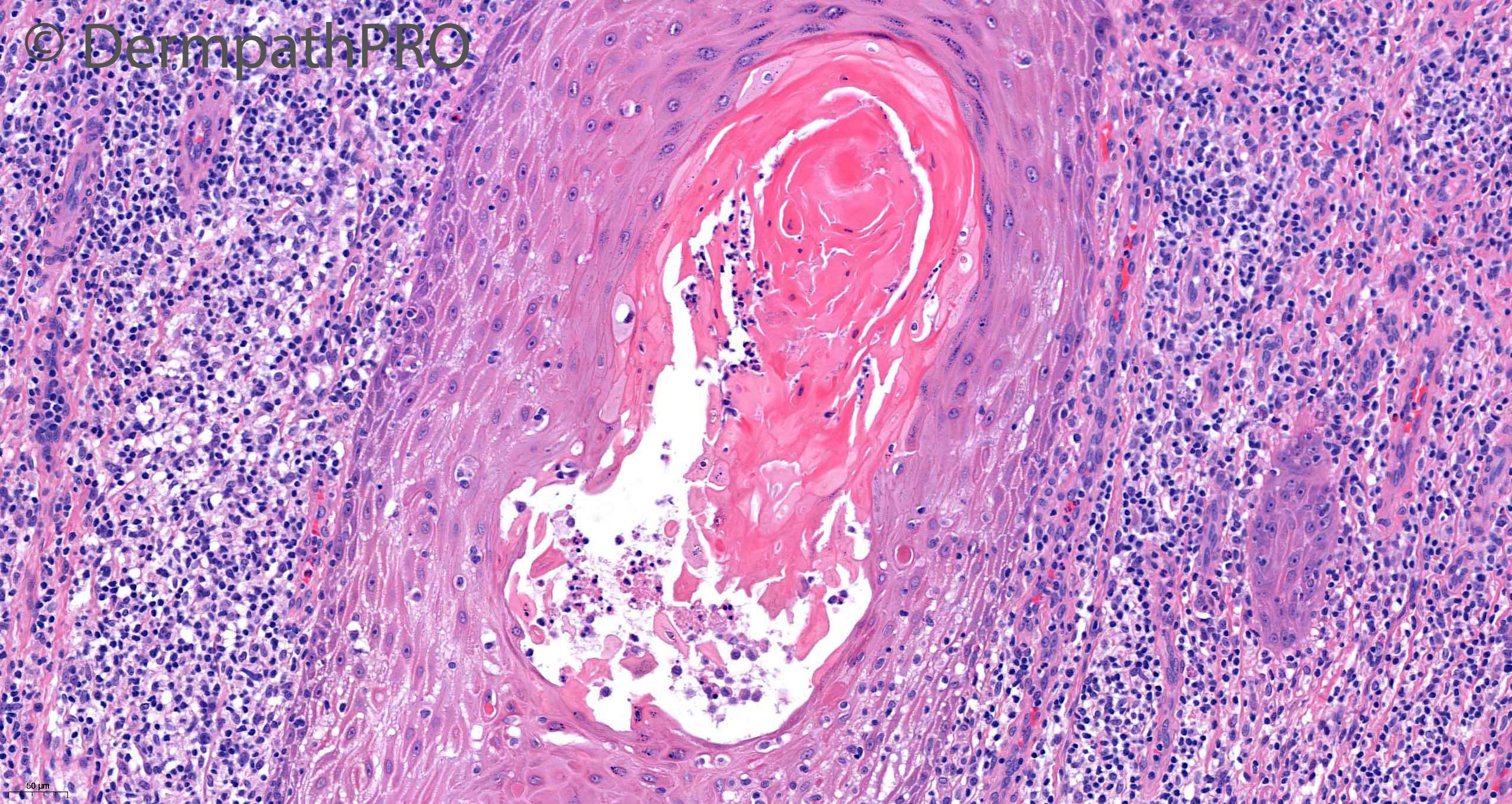
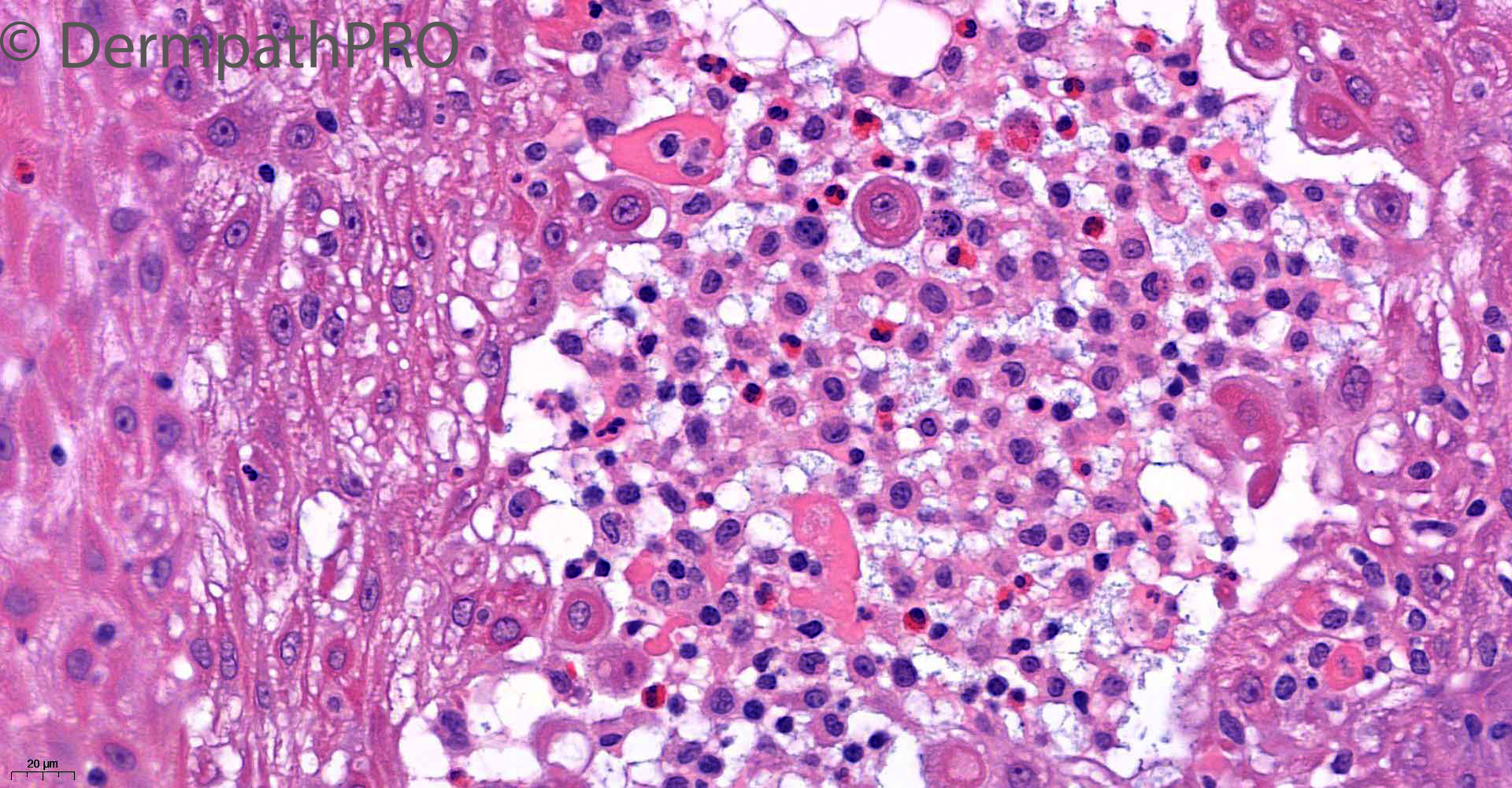

Join the conversation
You can post now and register later. If you have an account, sign in now to post with your account.